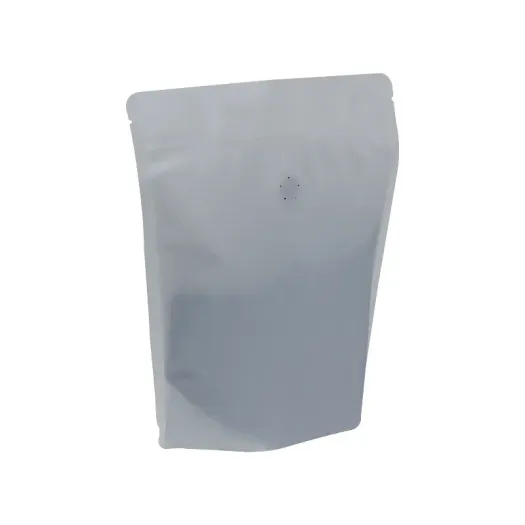- Afrikaans
- Albanian
- Amharic
- Arabic
- Armenian
- Azerbaijani
- Basque
- Belarusian
- Bengali
- Bosnian
- Bulgarian
- Catalan
- Cebuano
- chinese_simplified
- chinese_traditional
- Corsican
- Croatian
- Czech
- Danish
- Dutch
- English
- Esperanto
- Estonian
- Finnish
- French
- Frisian
- Galician
- Georgian
- German
- Greek
- Gujarati
- haitian_creole
- hausa
- hawaiian
- Hebrew
- Hindi
- Miao
- Hungarian
- Icelandic
- igbo
- Indonesian
- irish
- Italian
- Japanese
- Javanese
- Kannada
- kazakh
- Khmer
- Rwandese
- Korean
- Kurdish
- Kyrgyz
- Lao
- Latin
- Latvian
- Lithuanian
- Luxembourgish
- Macedonian
- Malgashi
- Malay
- Malayalam
- Maltese
- Maori
- Marathi
- Mongolian
- Myanmar
- Nepali
- Norwegian
- Norwegian
- Occitan
- Pashto
- Persian
- Polish
- Portuguese
- Punjabi
- Romanian
- Russian
- Samoan
- scottish-gaelic
- Serbian
- Sesotho
- Shona
- Sindhi
- Sinhala
- Slovak
- Slovenian
- Somali
- Spanish
- Sundanese
- Swahili
- Swedish
- Tagalog
- Tajik
- Tamil
- Tatar
- Telugu
- Thai
- Turkish
- Turkmen
- Ukrainian
- Urdu
- Uighur
- Uzbek
- Vietnamese
- Welsh
- Bantu
- Yiddish
- Yoruba
- Zulu
freeze dried food shelf life chart
Understanding Freeze-Dried Food Shelf Life A Comprehensive Guide
Freeze-dried food has gained immense popularity in recent years, especially among campers, preppers, and those interested in long-term food storage. This method of food preservation not only maintains the nutritional quality and flavor of the food but also significantly extends its shelf life. Understanding the shelf life of freeze-dried food is essential for anyone looking to incorporate it into their diet or emergency preparedness plan.
What is Freeze-Drying?
Freeze-drying, or lyophilization, is a process that removes moisture from food, thereby inhibiting the growth of micro-organisms and enzymes that cause spoilage. The process involves freezing the food, lowering the pressure, and then removing the ice by sublimation, which turns ice directly into vapor without passing through the liquid phase. This technique preserves the food’s structural integrity, nutrients, and taste far better than other drying methods.
Shelf Life of Freeze-Dried Foods
One of the most appealing aspects of freeze-dried foods is their impressive shelf life. Generally, freeze-dried foods can last anywhere from 10 to 30 years when stored properly. However, the specific shelf life can vary based on several factors, including the type of food, storage conditions, and packaging.
Common Freeze-Dried Foods and Their Shelf Life
1. Fruits Freeze-dried fruits, such as strawberries, apples, and bananas, can last between 10 to 20 years. Their vibrant flavors and nutrients remain intact, making them ideal for snacking or adding to meals.
2. Vegetables Similar to fruits, freeze-dried vegetables like peas, corn, and carrots also have a shelf life of 10 to 20 years. They can be rehydrated quickly and used in soups, stews, or casseroles.
freeze dried food shelf life chart

3. Meats High-protein foods like freeze-dried chicken, beef, or fish can last anywhere from 15 to 30 years. This makes them an excellent solution for long-term food storage, providing essential nutrients during emergencies.
4. Meals Pre-packaged freeze-dried meals, which can include combinations of grains, vegetables, and proteins, typically have a shelf life of 5 to 15 years, depending on the ingredients used.
5. Dairy Freeze-dried dairy products, such as cheese and milk, usually have a shelf life of 10 to 15 years. They retain their flavor and can be used in various recipes, offering versatility in meals.
Storage Conditions
To maximize the shelf life of freeze-dried foods, proper storage is crucial. Here are some tips to ensure longevity
- Keep it sealed Store freeze-dried foods in airtight containers or vacuum-sealed bags to prevent moisture from entering. - Ideal temperature Maintain storage in a cool, dark place. Temperature fluctuations can shorten the shelf life, so a consistent environment is vital. - Avoid humidity High humidity can lead to the absorption of moisture, which can spoil the food. Use desiccants or oxygen absorbers when storing food to combat humidity.
Conclusion
In summary, freeze-dried foods represent an excellent option for those seeking long-term food storage solutions. With a shelf life that can reach up to 30 years, these foods are not only convenient and nutritious but also a reliable source of sustenance in emergency situations. By understanding the various types of freeze-dried foods and their specific shelf lives, along with best practices for storage, consumers can make informed decisions that support their dietary needs and preparedness goals for years to come. Whether for outdoor adventures or stockpiling for emergencies, freeze-dried foods are a smart choice worth considering.













